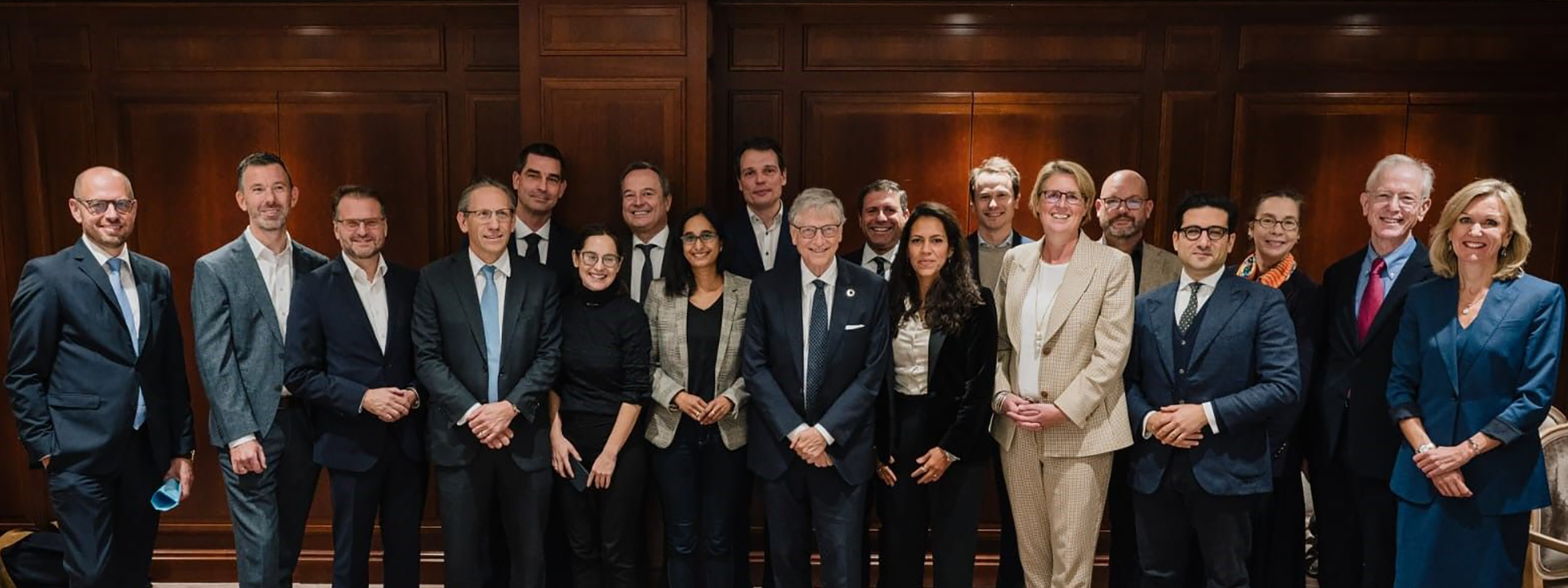
On September 9, 2024, Mario Draghi released a seminal report on the Future of European Competitiveness. It underscores the urgent need for Europe to transform its early leadership in industrial decarbonization and cleantech innovation into lasting competitiveness.
This will prove impossible unless Europe develops a comprehensive industrial strategy to regain its competitive edge while pursuing decarbonization. The times of decarbonization through deindustrialization must come to an end.
The Draghi report correctly highlights that the EU struggles to deploy clean technologies at scale. Unlike China and the US, Europe lacks a decisive strategy for next-generation technologies. An effective industrial policy must prioritize three key areas and pursue these with the necessary focus, speed and urgency:
1. Leveraging public funding to attract private capital
2. Overhauling industrial, state aid, and trade policy
3. Developing infrastructure to ensure access to abundant, affordable, and clean energy
The future of Europe's cleantech industry hinges on one crucial factor: financing. Without the necessary capital, even the most well-intentioned policies will fail to drive the green transition at the pace and scale required. To unlock the full potential of cleantech, Europe must create strong investment cases for its industry ambition and leverage private capital markets. This begins with designing a comprehensive strategy that attracts and deploys private capital to finance the next generation of green technologies.
Yes, policymaking is key but is also far from enough.
Success in clean tech is predicated on corporate success. China is a leader in electromobility, batteries and solar because it has growing and thriving companies that can benefit from an enormous home market and a government that has facilitated global expansion via the Belt and Road external economic policy. The US has followed suit with the Inflation Reduction Act and plans are underway for a Sovereign Wealth Fund and a Clean Energy Marshall Plan. The EU’s own Clean Industrial Deal will have much to live up to and will fail unless it develops a compelling business case for the transition.
This productive and equitable interplay between domestic and international, public and private, industry and startups has never been tried in Europe, despite it being so clearly the formula for success elsewhere. Indeed, such an approach requires a new type of partnership: a coalition consisting of policymakers, private sector leaders, investors and public actors. The Energy Resilience Leadership Group (ERLG) and Cleantech for Europe have years of experience in spearheading such multi-stakeholder initiatives and we are convinced: the time is ripe for a new generation of public-private partnership. More of the same, only recast as a new ‘Deal’ will not suffice.
We are making this Call to Implementation, endorsed by major European corporations and leading cleantech scale-ups, to demonstrate that the private sector stands ready to help Europe regain competitiveness. We call for the immediate implementation of the Draghi report’s key recommendations:
1. De-risking finance for cleantech manufacturing and deployment
The EU needs to crowd in private funding on a massive scale in order to achieve its goals. That means making the EU more attractive for investment and focusing particularly on perennial weak spots: scaling, commercialization and cost-competitive manufacturing. European pension funds and insurance companies – which hold trillions of euros of investments - should be encouraged to take a more central role in such a comprehensive investment plan.
- Enable institutional investors to fund cleantech manufacturing and energy resilience by ensuring balanced risk-return ratios in debt and equity funds through public banks, such as the EIB, EBRD, and NPBs.
- Expand InvestEU towards counter-guarantees and build on the European Tech Champions Initiative by designing a designated window for Cleantech to mobilize further capital.
- Additionally, the EIB Group should partner with institutional investors to help attract more institutional capital for project finance and cleantech manufacturing.
- Provide public counter-guarantee schemes via the EIB and NPBs to make cleantech manufacturing bankable, starting by expanding the EIB’s Wind Guarantee to emerging clean technologies.
- Invest EU ETS revenues in manufacturing capacity, incentivizing Member States to allocate a share of their ETS revenues to cleantech production.
2. Adopting a “Europe-Centric” industry, state aid and trade policy
Too often, the EU has disadvantaged its own companies by keeping markets open to subsidized products from abroad, and by imposing a harsher regulatory and cost burden on European firms. No wonder it’s proven nearly impossible to deploy and commercialize home- grown technology on such an unlevel playing field. This can only be tackled with better aligned trade, state aid and industrial policies.
- Increase the bankability of new investments in Europe with resilience criteria and corresponding trade measures until clean technologies reach sufficient scale.
- Stimulate demand for green products through transparent and standardized low- carbon criteria for public procurement, focused on shoring up resilience and diversified supply chains.
- Develop a foreign economic policy to secure critical resources for the EU, including a comprehensive strategy for critical mineral supply and resource diplomacy, and helping European companies make inroads in the markets of third countries.
- Design an aligned and anticipatory trade, competition and industrial policy.
3. Develop infrastructure to ensure access to abundant, affordable, and clean energy
A clean energy transition is predicated on seamless access to abundant and affordable electricity. Many emerging clean technologies, as well as industrial decarbonization, are illusive without it. And modern infrastructure – especially an upgraded power grid – is the indispensable link between the two.
- Accelerate permitting and licensing to speed up the deployment of renewables and cleantech solutions.
- Expand grid infrastructure by accelerating the deployment of interconnectors and increasing EU funding.
- Establish governance for a genuine Energy Union to centrally manage cross-border energy projects and ensure market integration.